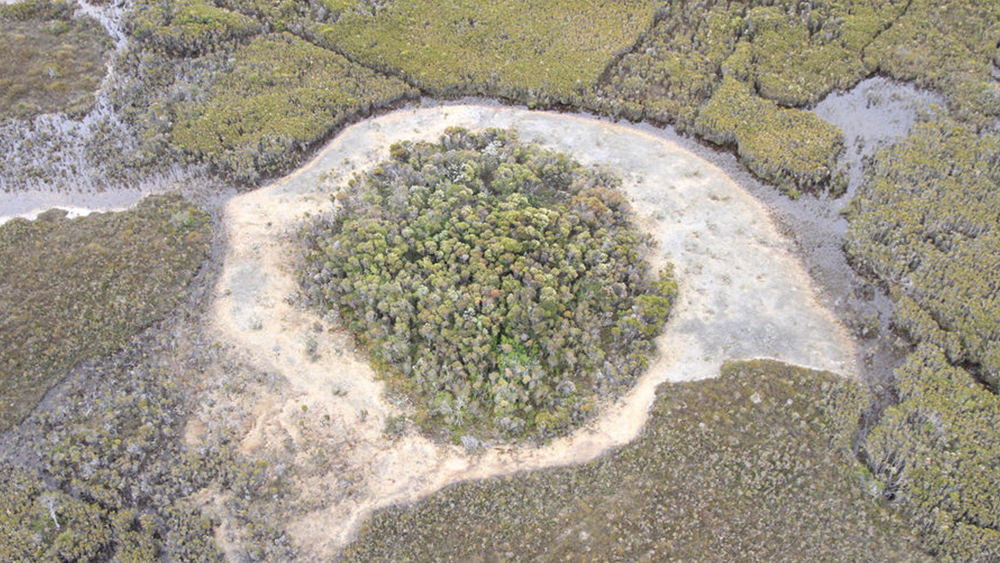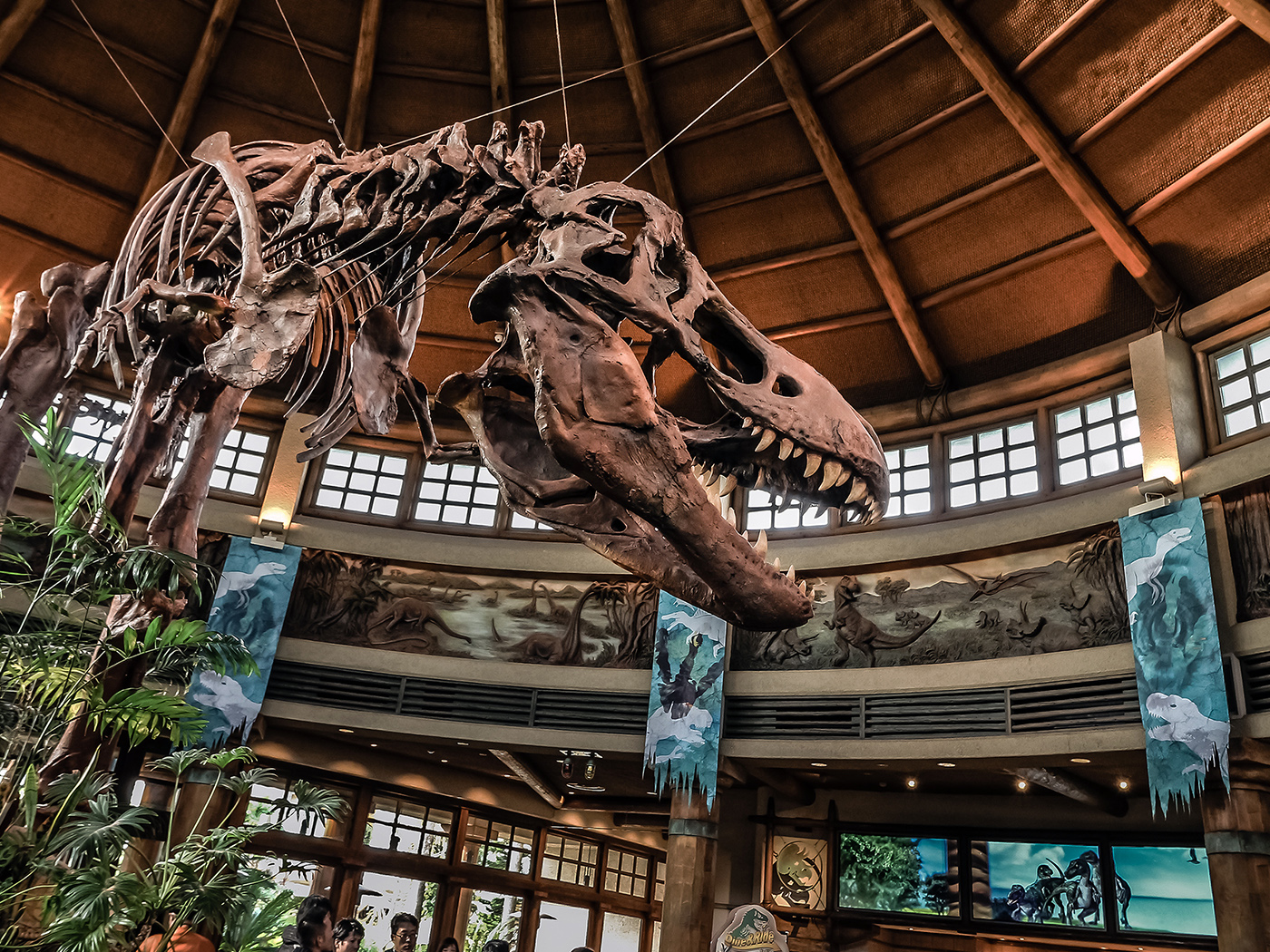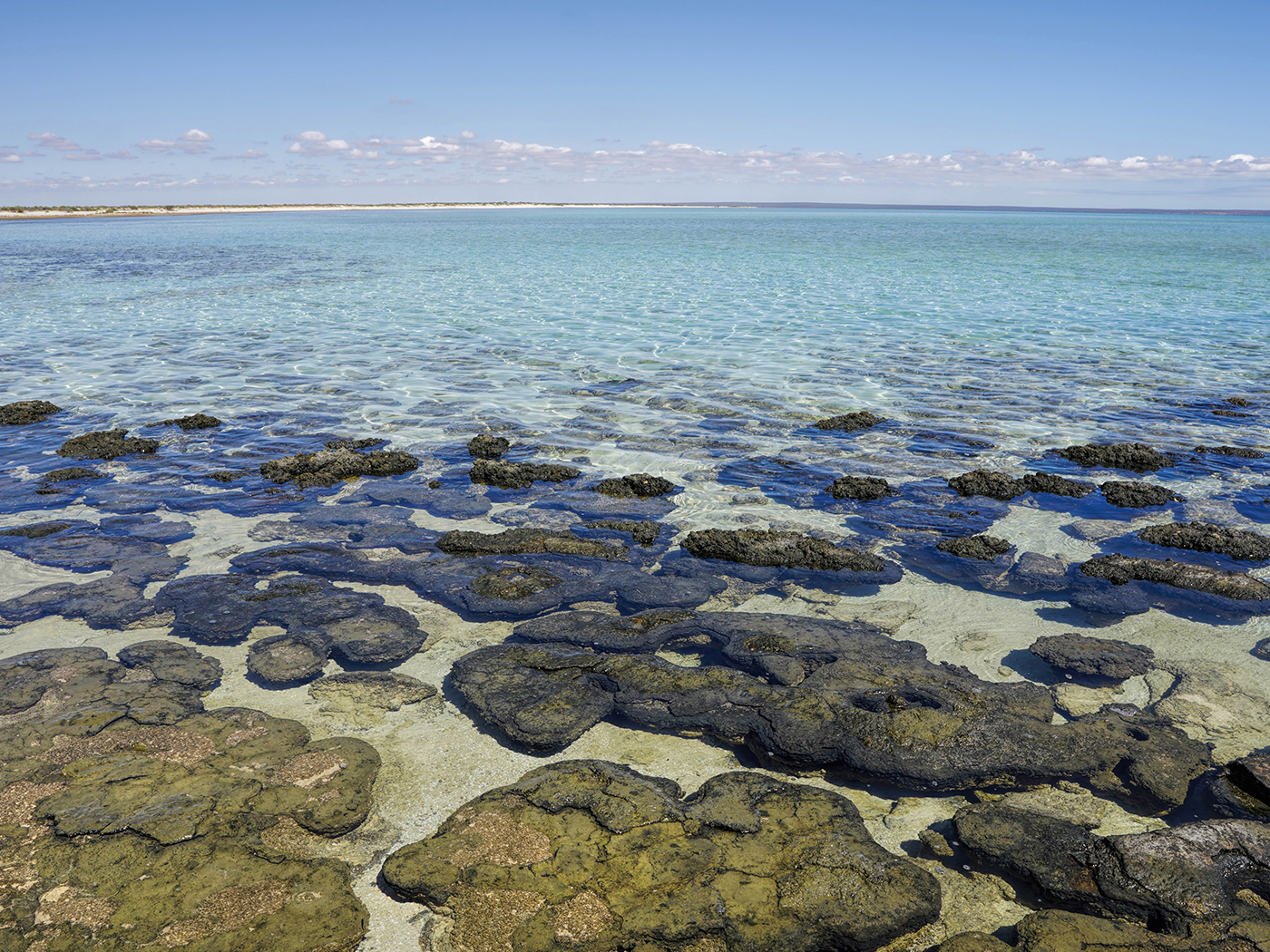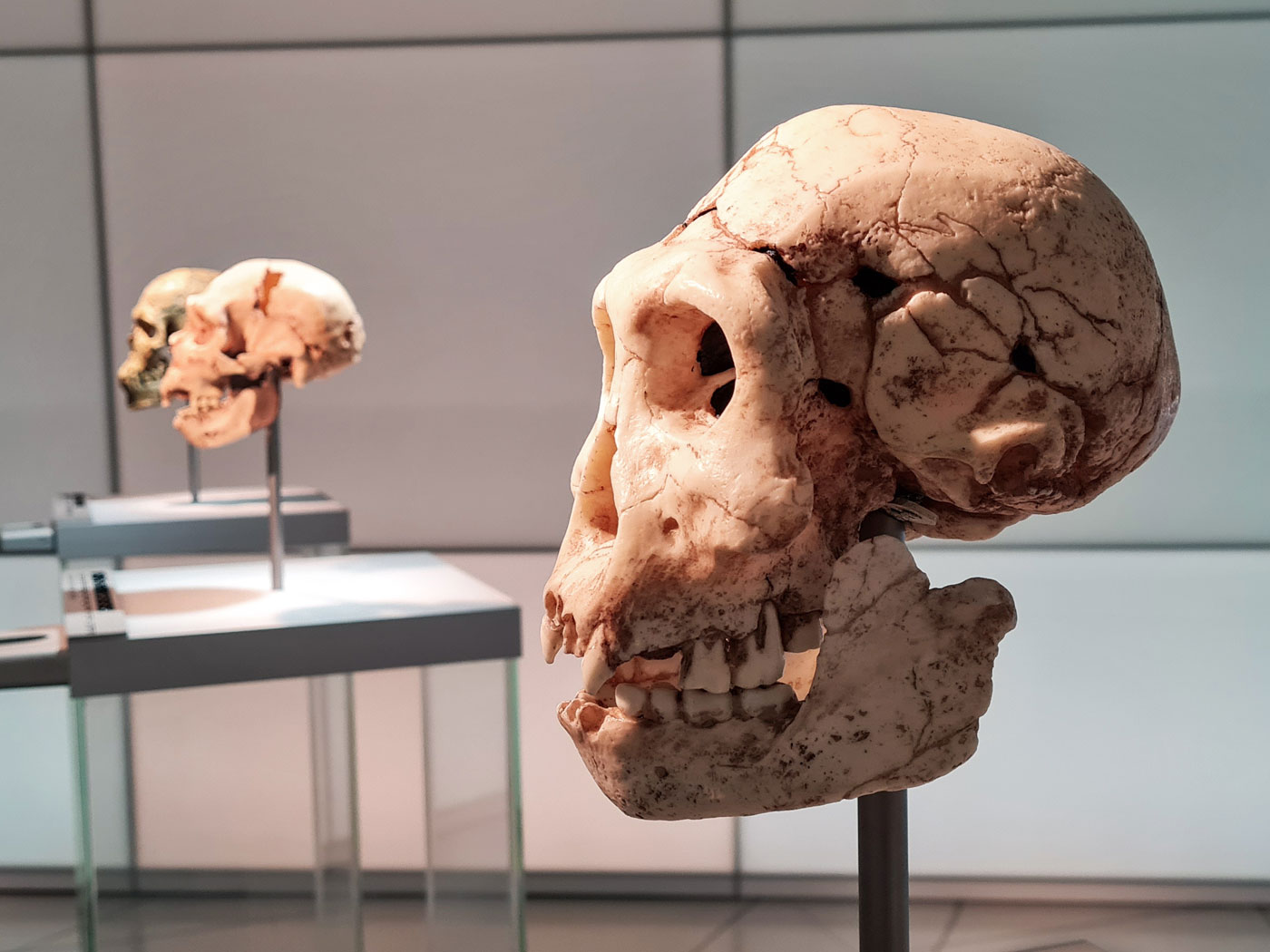Scientists believed stromatolites were extinct—until they found them living in Shark Bay, Australia, in 1956.2 Living stromatolites just keep popping up in newer and more diverse environments. The latest research has identified them even living on land.1
Modern stromatolites are another example of a “living fossil.” ![]()
Living stromatolites have been found in highly saline marine environments in the Bahamas and in atolls in the Central Pacific.2 Stromatolites have even been found in freshwater lakes and streams in Spain, Canada, Germany, France, Australia, and Japan. Although these are freshwater bodies, they all have an unusual water chemistry, allowing the stromatolites to thrive in both saltwater and freshwater environments.1,2
A recent report in the journal Scientific Reports identified stromatolites in Australia again, but this time on land in what has been termed a peat-bound wetland.1 Bernadette Proemse and her colleagues from University of Tasmania, Australia, were the first to identify stromatolites living as “smooth mats of yellowish and greenish, globular structures growing on the wetted surface of tufa barriers.”1 Unlike typical stromatolites, these were not submerged in water, but rose above the surface of a calcium-rich, spring-fed ecosystem.1
The scientists further speculate that the calcium-rich groundwater prevented predation from snails, allowing the stromatolites to thrive. “This discovery, the scientists say, means that stromatolites may be more common than realized, because people have not been looking for them in freshwater springs.”2
Ancient and modern stromatolites consist of finely laminated biomats formed by colonial cyanobacteria. Fossil stromatolites are found in mounded structures similar to modern stromatolites. The fossils are not composed of the bacteria themselves, but a sediment-trapping mat formed by “biologically mediated mineral precipitation.”1
Evolutionary scientists claim stromatolites are perhaps the oldest evidence of life on Earth and date some to be 3.7 billion years.3 Fossil stromatolites are found all over the world in Archean and Proterozoic rocks and to a lesser extent in Cambrian and later rocks. Evolutionary scientists have tried to explain the decline in stromatolites in post-Cambrian rocks due to the sudden appearance of grazing organisms that presumably eat the cyanobacteria.1
However, creation scientists have a far better explanation. We believe God created stromatolites as part of His original created biome. It’s no surprise we find numerous stromatolite fossils still preserved and buried beneath Flood sediments in many of the remnants of pre-Flood rocks of the world—Archean and many Proterozoic rocks.
Furthermore, creation scientists Georgia Purdom and Andrew Snelling proposed that the catastrophic nature of the Flood reshaped the earth’s surface sufficiently to destroy the pre-Flood environments where the stromatolites formerly thrived.4 Today, it is only in specialized environments that stromatolites are able to re-establish their mat-making abilities and grow, whether on land or in the sea.
The saga of the stromatolites fits best with a recent creation and a recent Flood, as described in the Bible. ![]()
Finally, modern stromatolites are another example of a “living fossil.” Although secular science claims these organisms are around 3.7 billion years old, they show essentially no evidence of evolution. The saga of the stromatolites fits best with a recent creation and a recent Flood, as described in the Bible.
References
- Poemse, B. C. et al. 2017. Stromatolites on the rise in peat-bound karstic wetlands. Scientific Reports. 7: 15384. Posted on nature.com November 13, 2017, accessed January 4, 2018.
- Frzer, J. 2017. Stromatolites Defy Odds by A) Living B) on Land. Posted on scientificamerican.com December 21, 2017, accessed January 4, 2018.
- Mueller, P. A. and A. P. Nutman. 2017. The Archean-Hadean Earth: Modern paradigms and ancient processes. In M. E. Bickford, ed. The Web of Geological Sciences: Advances, Impacts, and Interactions II: Geological Society of America Special Paper. 523: 75-237.
- Purdom, G. and A. A. Snelling. 2013. Survey of microbial composition and mechanisms of living stromatolites of the Bahamas and Australia: Developing criteria to determine the biogenicity of fossil stromatolites. In M. Horstemeyer, ed. Proceedings of the Seventh International Conference on Creationism. Pittsburgh, PA: Creation Science Fellowship.
*Dr. Timothy Clarey is Research Associate at ICR and earned his doctorate in geology from Western Michigan University.
Stage image: Giblin River Stromatolites
Stage image credit: Copyright © 2017. B. Proemse. Used in accordance with federal copyright (fair use doctrine) law. Usage by ICR does not imply endorsement of copyright holder.
Article posted on January 22, 2018.























